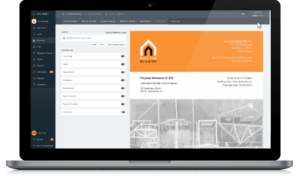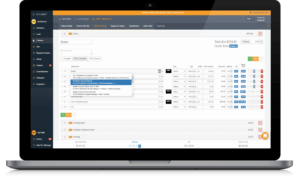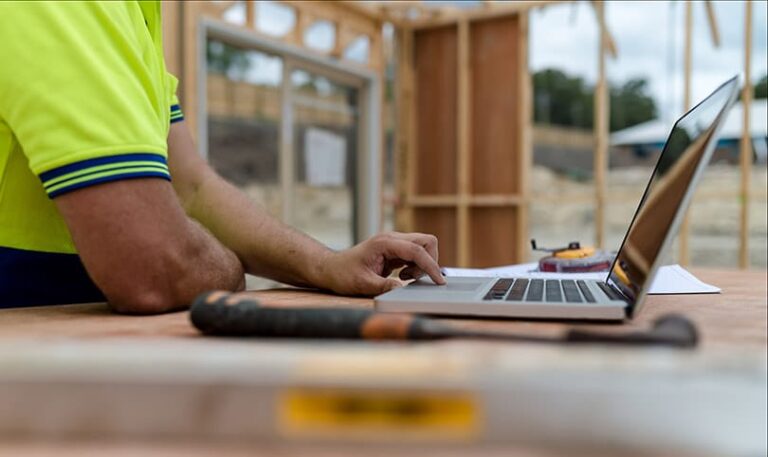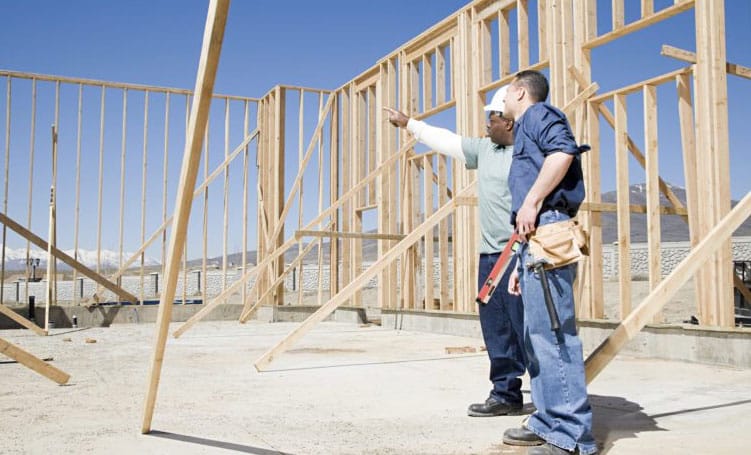The construction bidding process helps project owners and project managers get the best pricing for their construction project. Because no two builders bid the same construction project the same way, it can be difficult for owners to assess the bids and choose the best builder. Project owners and general contractors in the construction industry often use the bid leveling process to help them collect data to select the best person for the job.
What is bid leveling?
Bid leveling is a process that helps ensure that all bidders are bidding on the same package of work for a construction project. It allows customers to make a direct comparison of bids. Leveling often involves the owner asking questions and requesting clarifications of a proposal, and even revising the proposal to help the owner match what others are including.
Project managers or estimators often use a leveling form or bid tabulation template to assess multiple bids for the same scope of work. The leveling sheet lists the major components of the project, such as the scope of work shown in the drawings and specifications. Estimators go through each builder’s bid and mark the form accordingly to show whether a component was included in their prices. With this, the owner can accurately evaluate each bid.
If a component is missing from a bid, the estimator then contacts them to get the required pricing. The form, also known as a bid tabulation template, provides a visual representation of the scope of work in each contractor’s bid, making it easier to select the contractor or third party providers with the most comprehensive, best bid.
The bid leveling process is often done by a general contractor when assessing subcontractor bids and by a project owner when choosing a general contractor.
After the bidding process is done, the lowest actual bidder is determined. Sometimes the apparent high bidder actually turns out to be the lowest bidder after the bid leveling process. This may be because an initial low bidder missed or excluded a portion of the work.
How to level a construction bid
The process for leveling construction bids includes ensuring that project requirements are met, identifying similarities and differences between bids, checking materials, and ensuring that the correct plans are being used to create the best bid.
1. Review project requirements
The first step in the bid leveling process is to review the general project requirements and ensure that all bids meet them. Project requirements may include bonding, contractor licensing, or the ability to provide services for public works projects.
Also for better comparison, the process should ensure that the scope of work for the project has been correctly identified by the contractors. For example, if a project requires precast concrete and a contractor only bid on reinforced concrete, the bid does not meet the requirements for that project and should be disregarded or the contractor should be given a chance to include that work in their bid. Make a list on a construction bid tabulation form of the components of the project for each trade so you can confirm whether each component is included in the bids you received.
2. Identify similarities and differences
Next, you’ll compare bids for similar scope of work. Look at the detailed work description on each contractors bid, if there is one, to determine if the contractor has correctly identified the work to be performed. Specifically, look at their inclusions and exclusions for clues in identifying the scope they are bidding on. For example, two concrete subcontractors bid on a building foundation. One includes rebar and installation, while the other excludes rebar. This difference should be noted.
After noting the differences between bids, contact the bidders and ask them to clarify or revise their proposal to meet the project requirements and/or help you compare pricing. In the example above you could ask the contractor who included rebar to exclude it or ask the one who excluded it to provide a price for including it. The goal is to get the same work covered by each bid. The goal is to get the same work covered by each bid and to ensure the enhanced functionality you need for your project is included.
3. Optimize the materials list
Check all bids to ensure that the required materials, permits, or other charges are included in the price. Sometimes subcontractors make pricing assumptions when the project specifications aren’t clear or complete. For example, a flooring contractor may include an allowance for carpet. An allowance is a price set for budgeting purposes. If the actual product selected goes over the amount of the allowance, the customer is responsible for paying the difference. Compare pricing assumptions between contractors to ensure that everyone is using the same metric. This is especially important during inflationary periods when material prices frequently change. Increasingly, contractors use some type of bid leveling software to assist them.
4. Ensure the correct plans are used
Finally, you’ll want to compare bids to ensure that everyone bid using the latest plans and addenda. If a contractor noted that they are basing their price off a previous revision, or they aren’t recognizing a bid addendum, contact the contractor and ask them to revise the price to include the latest information.
Benefits of bid leveling
Bid leveling allows customers and general contractors to ensure that they are making an equal comparison of pricing for similar work. No two contractors bid the same project the same way. So, in order to make a judgment on which is the better price, the bids must be leveled. When contractors bid the same work, selecting the low bidder is easier.
By providing a thorough review of all bids, bid leveling improves bid accuracy. When a contractor or customer compares bids from multiple builders, the diligence often catches errors or omissions in the bid. The subcontractor or contractor then has the opportunity to revise the bid accordingly. This helps ensure that the customer is getting the right price for the work.
A project that sees the benefits of bid leveling can see overall cost savings of 8-10%.
Summary
Bid leveling helps project owners and general contractors choose the best builders and pricing for their project. It ensures that bids are representing the same scope of work and money is not wasted on builders working off incomplete specifications. To level a bid, review the project requirements, identify similarities and differences, check materials, and ensure that the correct plans are being used. From there the customer or contractor can make the best choice for their project.
Buildxact can help contractors and subcontractors improve the accuracy of their bids while also offering online tools for construction management. Register here for a 14-day trial or book a demo to see how Buildxact can help your company.A project that sees the benefits of bid leveling

















